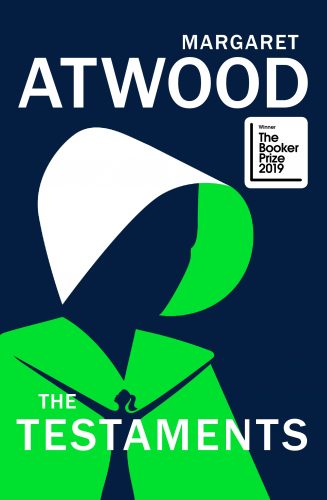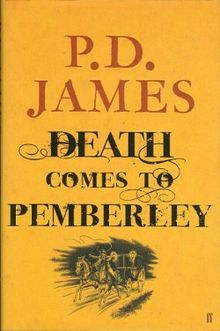
When I was in sixth form, there were a handful of books I would always recommend.
‘The Handmaid’s Tale’ by Margaret Atwood was top of that list (which was how I came to lend it to a friend who never returned it). I remember being chilled by the harshness of Offred’s world and stunned by the openness of the ending, but I never remember thinking that it needed a sequel.
Apparently, other readers clamoured for one, so here we are, twenty years on from my first encounter with Margaret Atwood and more than thirty years since ‘The Handmaid’s Tale’ was first published to critical acclaim, with a much anticipated sequel: ‘The Testaments’.
What’s it about?
The Republic of Gilead is beginning to rot from within. At this crucial moment, two girls with radically different experiences of the regime come face to face with the legendary, ruthless Aunt Lydia. But how far will each go for what she believes?
What’s it like?
Welcome back to Gilead – but from three very different perspectives. Agnes has been raised within the regime; Daisy has been raised free in Canada; and Aunt Lydia is a central component of the Gilead regime.
‘The Testaments’ is very different in tone from ‘The Handmaid’s Tale’. The latter explores Offred’s life within the Gilead regime over the course of a few months and is typically fraught with foreboding; the former stretches over several years, although the main action takes place over a matter of days and feels much more dramatic. Both novels show the repressive, brutal nature of Gileadean life, but ‘The Testaments’ is laced with unexpected humour:
“You are strong,” said Aunt Lydia, looking at Nicole. “Strength is a gift. Gifts should be employed.”
“You mean I should hit her?” said Nicole.
“That is a very direct way of putting it,” said Aunt Lydia.
Another crucial difference is the feel of the novel. Where Offred was cautiously rebellious, her hopes eviscerated by her experiences, Agnes and Daisy are teenagers whose youthful convictions encourage them to take momentous risks. Their first person narrations give the novel the feel of a Young Adult book in places, and the final scene with those narrators would surely have had no place in the more ambiguous narrative of ‘The Handmaid’s Tale’.
Final thoughts
There was much I loved about this book: the humour; the contrasting attitudes and language of Agnes and Nicole; and having the curtain drawn back on Aunt Lydia’s character.
I’ve focused on the contrast between ‘The Testaments’ and its predecessor because that’s what really struck me when reading (especially as I reread ‘The Handmaid’s Tale’ before reading the sequel). You could read this without reading Atwood’s earlier work, but I would absolutely recommend reading ‘The Handmaid’s Tale’ because it really is chilling. Somehow, ‘The Testaments’ feels more sanitised, less plausible, more hopeful.
That aside, this is still a powerful story that leaves you questioning how you might act in a totalitarian society. What would it take to warp you? Who might you become in order to survive, if survival became all there was?
I’ll leave you with Aunt Lydia’s words and a disturbing thought:
How can I have behaved so badly, so cruelly, so stupidly? you will ask. You yourself would never have done such things! But you yourself will never have had to.
Margaret Atwood maintains that, just as in ‘The Handmaid’s Tale’, there is no aspect of dystopia presented in ‘The Testaments’ that hasn’t occurred in fact in human history.


